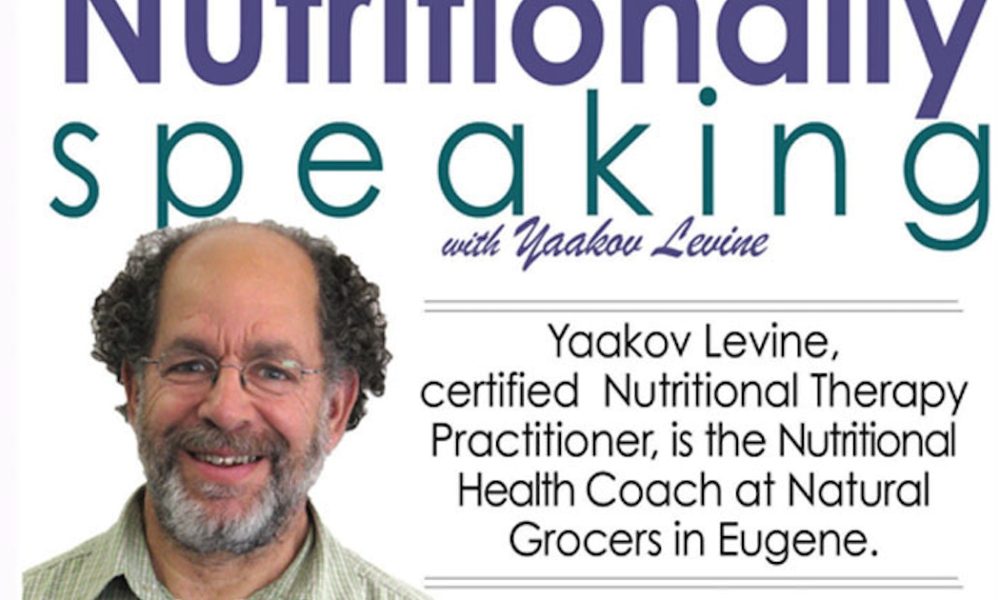
Whenever I take some time off from work I notice that I feel more relaxed. I attempt to spend more time in quiet, with less stimulation, less electronics, and even finish a mystery novel (an actual book, not via Kindle). An ongoing goal of mine is to enjoy each day, make the best of the time I spend at work, and at play. We all know that stress can have a big, and not so positive effect on our health, so reducing stress, feeling more relaxed should be a goal for all of us..even when we are not on ”vacation.”
There are some ”lifestyle” changes we can make that often do seem magical in their positive effect on our health. One of these is Vipassana or mindfulness meditation. I had a young customer in the store a while ago that expressed a need for a dietary supplement she could take to ameliorate the stress in her life. She complained of regular stomach pains and indigestion and astutely connected her symptoms to her stress level. I asked her if she had ever tried meditation as a ”stress reliever,” and she said no, but that she was curious where she could learn how to do this. I invited her to take a seat in our store’s study space/book nook and gave her a very short mindfulness meditation lesson … very simply to sit and focus on her breath, and just ”notice” any fleeting thoughts or sounds but not dwell on them, focusing on her breath. She shared that she felt more relaxed and asked for book suggestions so she could learn more.
One of my favorite guides for meditation is Jack Kornfield’s book, The Path with Heart. Following is a mindfulness or Vipassana meditation practice gleaned from from Kornfield’s book (follow him on Facebook for regular mindfulness tidbits). This is simple, and gets easier and more beneficial with regular practice. A regular meditation practice is a great way to relax, support healthier levels of blood pressure, and a great way to reduce your time with your electronic ”gadgets.” Don’t forget, these modes of self care are typically referred to as a practice, because we do not always get it perfect, and (it’s not about that anyway!) but get more benefit as we repeat the process.
To start, find a posture on a chair or cushion which you can easily sit up straight without being rigid. Let your body feel planted firmly on the earth, your hands resting easily, let your heart soften, and keep your eyes closed gently.
At first feel your body and allow the softening of any tension. Let go of any habitual plans or thoughts, and bring your attention to your breathing. Take a few deep breaths to sense where in your body you can feel your breaths most easily.
You may feel your breaths as coolness or tingling in your nostrils or throat, or as movement in your chest, or as a rise or fall of your belly. Then let your breath be natural, and feel the sensations of your regular breathing. Relax into each breath as you as you feel it, noticing how the sensations of breathing come and go with each breath.
After a few breaths you will notice your mind wandering, and when you notice this, just return to noticing the sensation of your breathing. You can acknowledge where your mind was with a word such as thinking, wandering, hearing.
After gently and silently noticing where your attention has been, return to your breathing. As you sit, let your breath change rhythms naturally, allowing them to be short, long , fast, slow, rough and easy. Calm yourself by relaxing with each breath. When your breath softens, let your attention be gentle and careful, as soft as the breath itself.
This practice is similar to training a puppy, as you gently return your focus repeatedly back to your breath, each time naming and noticing the thought or sound … only as such. As you do this listen deeply and you will find your breath helping you connect and quiet your body and your mind. Many regular practitioners of mediation have found that awareness of the breath, can support relaxation and awareness or mindfulness in all they do.
This practice may not be a magic or wonder pill for all that ails us, but it can contribute toward a great sense of calm and well-being. This is simple, and gets easier and more beneficial with regular practice. We spend too many hours with our electronic devices, and meditation is a way to spend time on self care … no gadgets needed. Do try this at home! (or at the coast, park, forest …). Don’t wait for your next vacation to support your overall health with relaxation. Salud!







